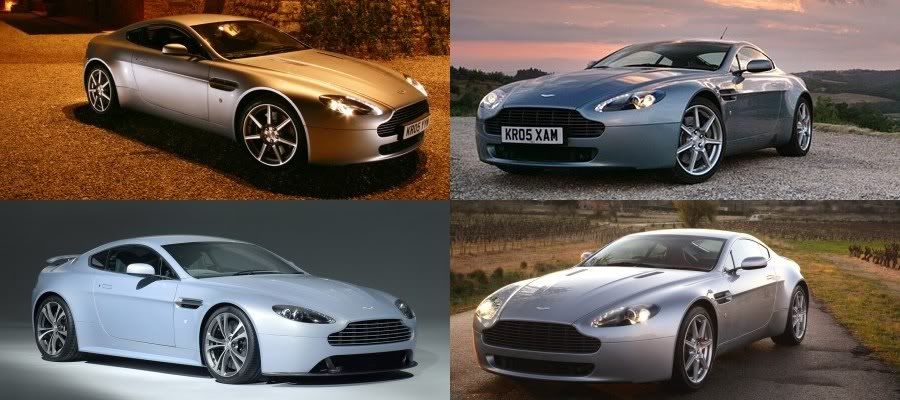I originally built this bike for a girlfriend to ride, hence I opted for the MkIII electric start Commando with left hand gearchange, and lowered the seat height. The original starter motor had a reputation for not working due to NVT using a cheapo 2-brush Prestolite starter motor and solenoid (made in USA). This was remedied by fitting the body from a 1970's Harley Davidson starter motor, again a Prestolite item with the same dimensions, but with 4 brushes and 4 field coils instead of 2.
I bought the bike incomplete from a friend who races Commando's and has done a 100mph of the TT course on a Commando in the Manx GP. Several bits had been cannibalized for use on the race bikes, including the barrel and cylinder head. I just happened to have a spare 750 cylinder head and pistons, so I bought a 73mm bore alloy barrel and converted it to a 750. It may be the world's only electric start 750 mkIII Commando.
The Commando replaced the 750cc Norton Atlas in 1969. The Atlas had the engine rigidly mounted in a featherbed frame, similar to that used on the Manx Norton, which was the last British bike to win the 500 world GP championship in 1952. Unfortunately, as the engine capacity of the vertical twin road bikes was increased from the Norton Dominator's original 500cc to 600cc then 650cc and finally 750cc, the vibration became unacceptable. Norton Villier's solution was to rubber mount the 750 Atlas engine in a new chassis, creating the Norton Commando. Some say the Atlas was a superb frame with a crappy engine, so they threw away the frame! On a Commando, in order to prevent the rubber mountings from producing unacceptable variations in chain tension, the swinging arm has to be pivoted on the back of the engine/gearbox assembly, which is rubber mounted within the frame. The patented Isolastic system allows up-and-down and front-and-back movement of the engine on its mounts but not sideways movement. The same principle is used on the new Buell Firebolt with its Uniplanar® powertrain vibration isolation system. Unfortunately, on the Commando the swinging arm and rear wheel can twist on the rubber mountings to some extent relative to the frame, so the handling is compromised. The capacity of the Commando was increased from 750 to 850 in 1972, and a disc brake replaced the twin leading shoe front. In 1975, an electric starter was fitted along with a hydraulic rear disc brake. In order to comply with US laws, the gearchange was also swapped from the right to the left side. This was achieved with a rather Heath Robinson crossover mechanism, which compromised the previously excellent gearchange action.

So what's it like to ride ? The engine is torquey at low revs unlike most modern bikes, but shakes around a bit on the rubber mounts below 3000rpm. Above 3,000 the Isolastics work quite well, and the bike is a whole lot less vibratory than any other British vertical twin. Due to the very long stroke (a whopping 89mm) and alloy conrods, the motor is redlined at 7,000 and will definitely explode if persistently over-revved. The exhaust sounds like a proper motorbike, and despite only having four gears the mid range torque can be exploited to easily deal with modern 4-wheeled traffic. The diaphragm-spring clutch is light in operation, I don't know why modern bikes don't use this design, but the gearchange is a little stiff and neutral very hard to find due to the laughable cross-over mechanism. I may convert it back to right hand gearchange. The bike has fairly high, wide bars, but is fitted with Hyde rearsets. Handling is good on a smooth road surface, but the forks don't work all that well due to excessive stiction. At higher speeds on an uneven surface, such as much of the IOM TT course, the rubber mounted chassis seems to get itself into a low frequency oscillation, which is a little unnerving rather than dangerous. Also, if you ride at 40 mph and take your hands off the bars, they begin to oscillate from side to side with increasing amplitude, but fortunately this doesn't happen at higher speeds. The handling would probably be improved by fitting a Norvil head steady to reduce twisting on the rubber mounts, and a steering damper would also help. Maxton can improve the forks for about 200 quid, which involves basically throwing away the Norton internals and starting again. I'm thinking of making some replacement fork bushes in teflon to reduce the stiction, which may be a cheaper fix. Despite the braided hose and Lockheed racing caliper (coincidentally the same as the ones on Todd's 1987 GSXR1100), the front brake is not really up to scratch by modern standards, and a bigger disc is needed. These are available from Norvil and other sources, but I haven't fitted one yet. A master cylinder with a smaller piston diameter would also be good to improve the feel. A Lockheed adjustable racing master cylinder would be ideal.

No comments:
Post a Comment